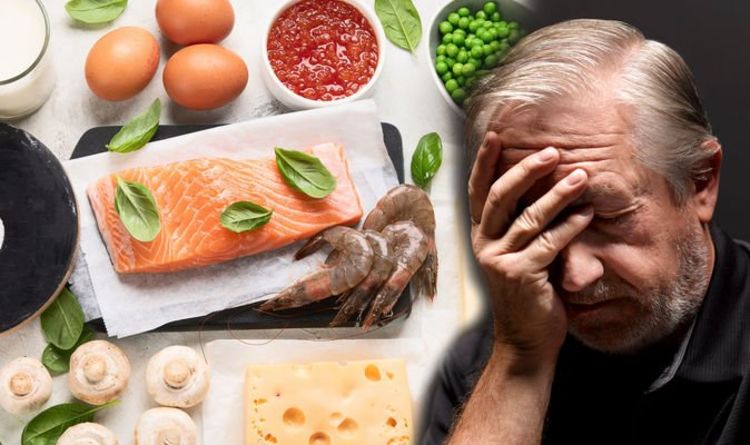
Vitamin D helps a person to absorb calcium and phosphorus from their diet and use these minerals to keep the bones, teeth and muscles strong which helps prevent falls as one gets older. Vitamin D may have other roles in the body’s immune system and heart health too. Suffering with a vitamin D deficiency is a reality for most during the cold winter months. Fortunately, there are four food alternatives one can include in their daily diet to help prevent a vitamin D deficiency.
According to Dr Oz, there are four ways to add it into your diet.
Milk and Yoghurt
Milk and yogurt are important natural sources of vitamin D.
Make sure to buy milk that has been fortified with added vitamin D.
This type of dairy is an excellent source of gut probiotics and reaching for a fortified variety will knock off between 10 and 20 percent of your daily requirement of vitamin D
It is important to note that vitamin D is a fat-soluble vitamin, and studies have shown better absorption of the vitamin when consumed with healthy fats.
READ MORE: Heart attack symptoms: A sign in your left shoulder may signal an ‘impending’ heart attack
Tuna, Salmon, and Mackerel
Fatty fish such as salmon, tuna, and mackerel are the best natural sources of vitamin D.
Three ounces of cooked salmon provides over 100 percent of your daily requirement of vitamin D in one go.
According to the National Institutes of Health (NIH), 3 oz of canned tuna in water contains 154 IU of vitamin D.
Smoked salmon on Irish soda bread with fortified margarine is a great way to start the day, says Dr Oz.
DON’T MISS
Mushrooms
Mushrooms produce vitamin D when exposed to sunlight, just like humans do.
Portobello mushrooms are a rich source of vitamin D, with 400 IU per three ounce serving.
The vitamin D amounts in mushrooms will vary depending on the amount of UV light the mushrooms are exposed to, according to the Agricultural Research Service.
A serving has between 124 and 1,022 IU per 100 grams (g).
According to Dr Oz, “Mushrooms will continue to produce vitamin D even after they’re harvested, so expose your mushrooms to some sunlight after you buy them for some at-home vitamin D fortification.”
Eggs
One free-range egg is another way to top up vitamin D.
The vitamin D is concentrated in the yolk however, so make sure to eat the whole egg and not just the egg whites.
One egg yolk has 41 IU, 10 percent of your daily value, per the NIH.
Dr Oz said: “Eggs (and their yolks) can be part of a healthy eating plan every day, especially when replacing higher cholesterol foods like meat.”
Adults and children over the age of one need 10mcg (micrograms) of vitamin D per day.
This is the same for everyone, including people at risk of vitamin D deficiency and women who are pregnant or breastfeeding.
In the UK, we don’t get enough vitamin D from sunlight between October and March, because the light doesn’t contain enough UVB rays.
During this time, we need to rely on getting enough vitamin D from food, and possibly supplements.
Published at Sun, 13 Dec 2020 09:04:07 +0000
Vitamin D deficiency: Four food alternatives to include in your diet to reduce symptoms













